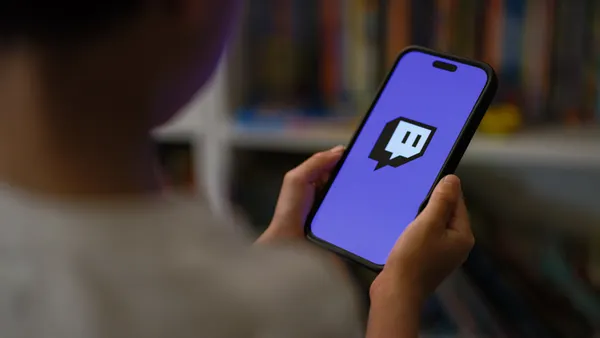Dive Brief:
- P&G's Chief Brand Officer Marc Pritchard said work is "about two-thirds complete" in meeting some tough demands related to improving digital marketing transparency that the executive made earlier this year. His comments came during a presentation at the Association of National Advertisers Masters of Marketing event and in an interview afterwards with Adexchanger.
- Pritchard said measuring viewability is working as is P&G’s opportunities to buy ads on that standard. Additionally, third-party tracking is in place on many ad platforms and the anti-fraud element is moving along. There is still work to be done on brand safety and Media Ratings Council (MRC) accreditation is the major hurdle.
- Pritchard said he expects Google, Facebook and others to meet the end-of-year deadline to get MRC accreditation. However, if ad partners were moving along in the process they would be given the benefit of doubt as the MRC could be bogged down due to the increased volume of accreditation activity, he noted. “But I want to keep the pressure on," he told Adexchanger. "We can't slip on this front. There's a lot of money being spent.”
Dive Insight:
In January, Pritchard put the entire digital advertising industry on notice that if P&G's ad partners didn’t get MRC accreditation by the end of they year, they would lose the CPG giant's substantial advertising business.
After calling out the digital media supply chain for its lack of transparency, P&G doubled down on TV spending while cutting digital spending by $140 million during the company's fiscal Q4 alone and dramatically reduced the websites it advertised on programmatically. The cuts didn’t hurt performance as P&G beat analysts’ predictions and its competition with a 2% increase in sales.
The spending cut was based more around the brand safety issue that came to a head during a boycott by brands of YouTube and Google properties because ads were appearing next to offensive content rather than an acknowledgment that its digital and programmatic strategy wasn’t effective, Pritchard told Adexchanger. The executive's comments that there is still work to be done on brands safety reflects how hard it has been for Google, Facebook and others to keep fake news off of their sites. Earlier this week, following the Las Vegas mass shooting, both platforms showcased content with that misidentified the shooter.
The programmatic shift was a successful test around cutting P&G’s “long tail of websites” it was advertising on and underscores how much waste is out there, Pritchard told Adexchanger. P&G isn't alone is finding waste in programmatic buying. Earlier this year, JPMorgan Chase reduced the number of websites serving its ads programmatically from 400,000 to 5,000 and saw little change in the cost of impressions or the visibility of those ads.
Pritchard said that P&G continues to play around with its programmatic strategy, including advertising on Amazon and Alibaba using those platforms' data to send highly targeted ads to people likely to buy in automated campaigns that stop the ads when those people convert and make a purchase, Pritchard noted.












